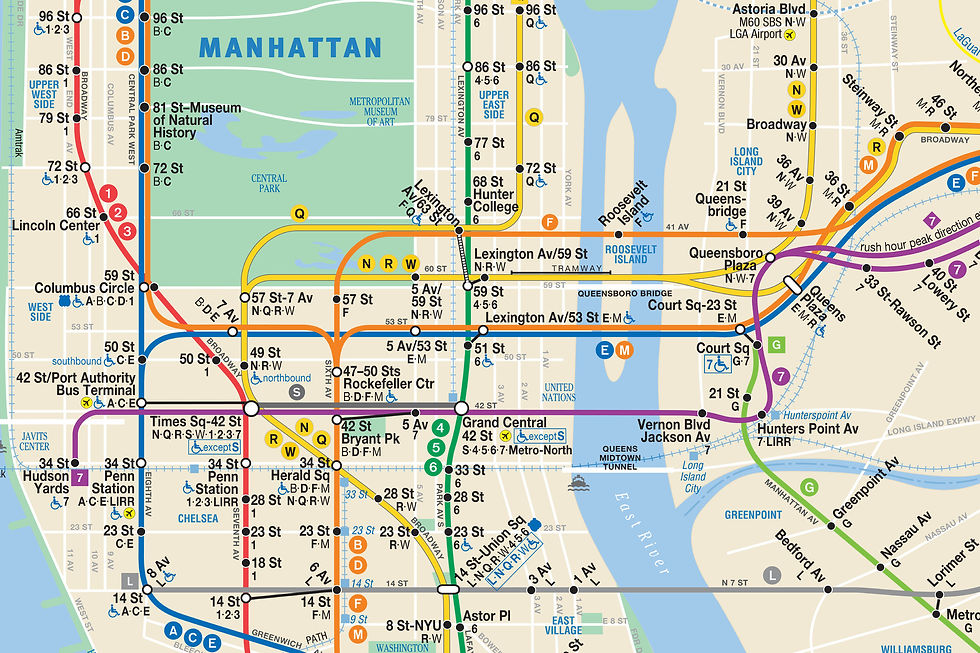Synergism of Plagues
- Aligned Resources
- Jun 19, 2021
- 2 min read
This seminal paper presented the connection between the planned shrinkage and contagious housing destruction in the Bronx and the dissemination of the AIDS virus.
AUTHOR: Rodrick Wallace
PUBLISHED: Environmental Research, 1988
Techniques adapted from population and community ecology, quantitative geography, and epidemiology are applied to ecosystem and environmental index data on the Bronx in an attempt to understand the origins and potential impacts of rampant spread of human immunodeficiency virus (HIV) and its sequelae of acquired immunodeficiency syndrome (AIDS) in that borough. Recent work by Drucker and Vermund (1987) estimates HIV seroprevalence levels of from 8 to 21 % among men of age 25-44 in the South Bronx, at this writing, comparable to the cities of Central Africa. It is found that the "South Bronx" process of fulminating, contagious urban decay which devastated the region in the 1970s, and its associated forced population migrations, spread intravenous drug abuse, the principal HIV vector in the Bronx, from a geographically contained center in the South-Central Bronx to a virtually borough-wide phenomenon. This has significantly complicated attempts to contain HIV infection, both by shredding the social networks which are the natural vehicles for education, and by vastly enlarging the area requiring intensive targeting.
Since the "planned shrinkage" municipal service cuts which triggered the "South Bronx" burnout persist, and since levels of housing overcrowding now approach those of the early 1970s in the Bronx, it is expected that a new outbreak of contagious urban decay will occur, likely again dispersing population and seriously compromising any in-place HIV control strategies. If overt AIDS itself becomes a contributor to urban deterioration in overcrowded neighborhoods susceptible to "South Bronx" process, we could then see a nonlinear ecosystem coupling between AIDS, contagious urban decay, and population shift. Elementary mathematical models are provided. Thus, in striking contrast to the middle-class male homosexual community, successful control of HIV infection in the Bronx, and by inference in other devastated ghetto communities, seems predicated on quick reestablishment of demographic stability: The tools to make the tools for control must first be reconstructed.
Necessary elements of any program toward this end are briefly outlined. AIDS in the Bronx and similar areas, like tuberculosis, seems increasingly a marker disease of extreme poverty, and again like tuberculosis, may well form an important reservoir for further spread or resurgence of the disease.



Comments